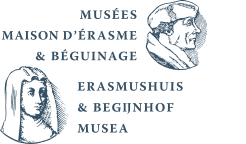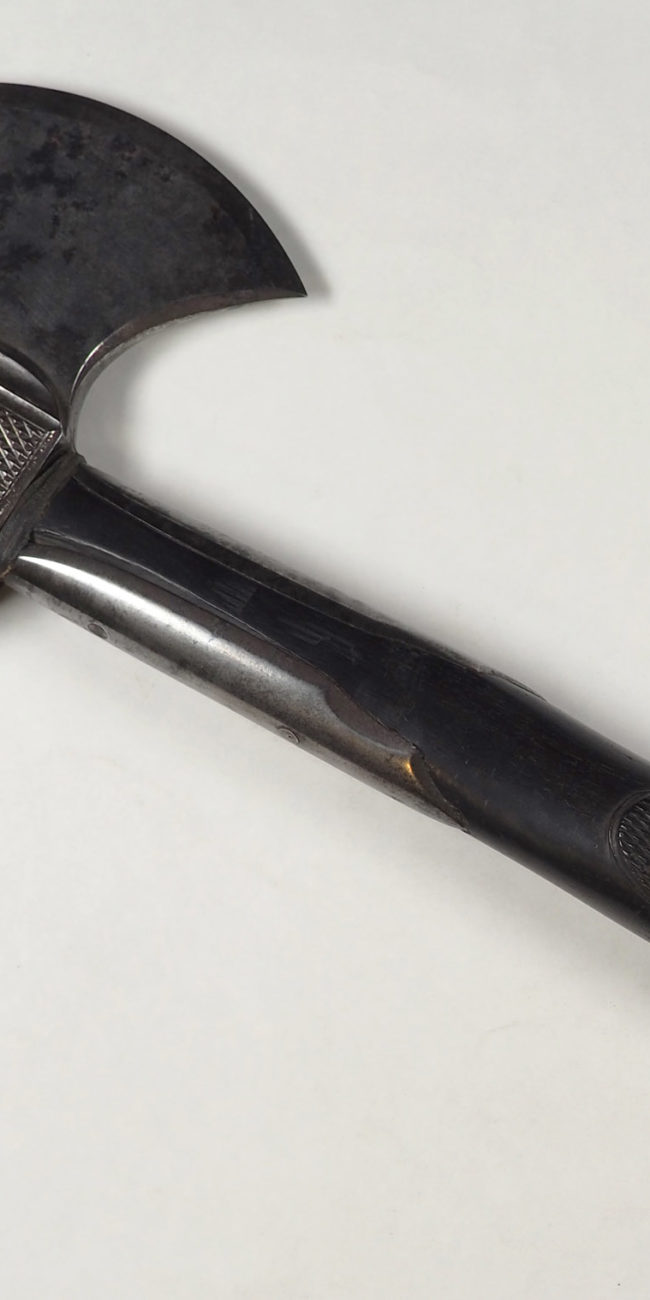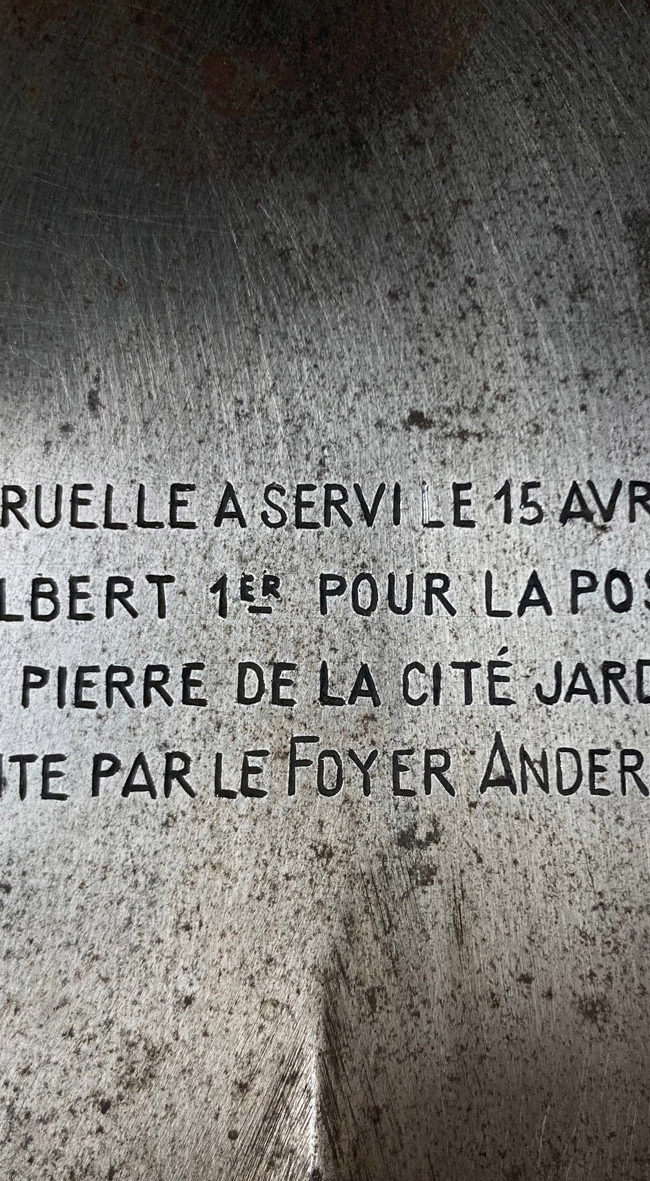
The unusual objects No. 10

O Saint Nicholas, patron saint of… gingerbread men!
Study of the Municipal Museums of Anderlecht’s speculaasplank.
While the beguinage is being reorganised, Erasmus House is honouring an unusual object from the municipal museums’ vast historical, archaeological, and folk and religious art collections each month. This month, a double speculaasplank or biscuit mould is on display.
Speculaas/speculoos mould
Double speculaas/speculoos mould. The first one depicts Adam and Eve under the Tree of Knowledge; the second one depicts Zwarte Piet on horseback.
Belgium
1850-1900
Wood
31.5 x 12 cm
Inv. BEG 6220-21
While the beguinage is being reorganised, Erasmus House is honouring an unusual object from the municipal museums’ vast historical, archaeological, and folk and religious art collections each month. This month, a double speculaasplank or biscuit mould is on display.
Saint Nicholas Day
Saint Nicholas is celebrated in many European countries besides Belgium, e.g., Germany, Switzerland, and the Netherlands. Even Russia honours the saint, albeit on a different day (19 December) in line with the Julian calendar. The 6th of December was already a liturgical holy day in the 11th century, but not until the 14th century did this cult spread to the lay population. In 1658 Jacobus Sceperus wrote a book, Geschenck op geseijde St. Nicolaes or Gift on the Occasion of Saint Nicholas Day, lashing out against worshipping the saint in this way. In it he described how the holiday unfolded: children could receive “apples, walnuts, figs, grapes, money or illustrated biscuits bearing the image of Bishop Nicholas”. So, speculoos were already offered at the time. This biscuit is also visible in a painting by Jan Steen in which a small girl in the background holds one in her hands (Sinterklaasfeest, ca. 1663-1665, Rijksmuseum Amsterdam).
The speculoos mould manifacturing technique
Speculoos moulds could be made by craftsmen commissioned by church authorities as well as by out-of-work bargemen and carpenters once winter set in. Initials were sometimes carved in these planks, but they referred more often to the bakers who bought them than to their designers. The wooden planks could be up to a metre long and were made of lime tree, beech, or ash. Painstaking work went into carving them. It started by shaping the contours of the scene to produce. The craftsman then worked on the details that would be in relief on the biscuit – the highest points on the biscuit had to be gouged out more than the rest of the plank. As the biscuit had to come out of this mould in one piece, the carver shortened the horses’ and human figures’ legs so as to reduce the likelihood of their breaking off. The picture on the biscuit was a mirror image of the drawing transferred to the mould. This is the characteristic that gave the speculaas its name, for the Latin word for mirror is specula. The moulds were precious objects that represented major investments for the bakers. The most commonly used depictions were Bible scenes or scenes from daily life.
The mould in the Municipal Museums of Anderlecht’s collections
The wooden mould displayed here shows two scenes in a row. This technique enabled the baker to fit several scenes on a single plank in order to make more biscuits with less wood. The first scene shows Adam and Eve under the Tree of Knowledge. This is a relatively rare theme. The second scene, showing Zwarte Piet on horseback and holding a bundle of sticks to serve as a whip, is likewise fairly uncommon. Zwarte Piet is decked out in long breeches, a beret, a doublet, and a ruff, that is, the characteristics of a 16th century page. This imagery was introduced for the first time by Jan Schenkman in his children’s book St. Nikolaas en zijn knecht (Saint Nicholas and his Servant) in 1850, and the various physical traits that he attributed to these figures were taken up in later illustrations. This tells us that this mould probably dates back to the late 19th century. Depictions of Zwarte Piet on horseback are rare, as are images of Adam and Eve on such an object, and tell us a little more about the traditional iconography in our area.
More info
Practical info
Research
Meggy Chaidron
Céline Bultreys
Text
Meggy Chaidron
Acknowledgements
Zahava Seewald
Anne Deckers







